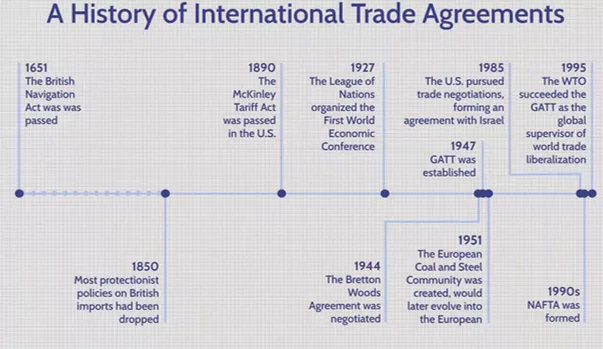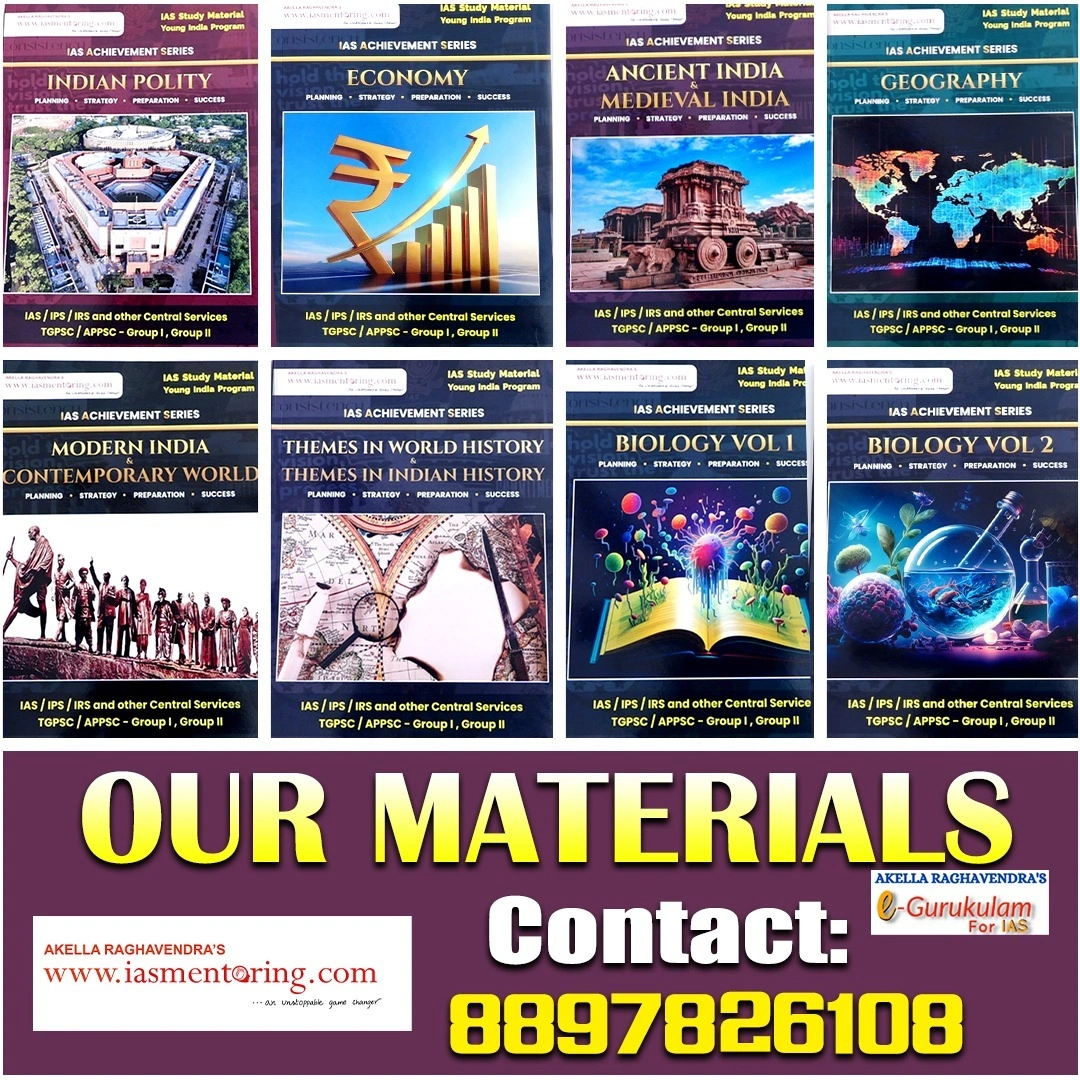From Silk to Tariffs
Trade has shaped global economies, politics, and cultures—from ancient bartering to modern supply chains. While it fosters prosperity and cultural exchange, it can also incite conflict and deepen inequality. As of April 1, 2025, President Trump’s new tariffs reignited global economic tensions.
Ancient Trade Routes: The Birth of Global Commerce
- Silk Road (130 BCE): Initiated by Chinese diplomat Zhang Qian; it connected China with Europe.
- Traded goods like silk, spices, gold, and wool.
- Promoted economic interdependence and cultural diffusion.
Colonial Expansion & Mercantilism (16th–18th Centuries)
- European powers pursued mercantilist policies: maximize exports, minimize imports.
- Led to colonization for access to raw materials and markets.
- Companies like the British East India Company evolved from traders to military powers.
- Motto: “Trade follows the flag”—but often, the flag followed the cannon.
Free Trade Era & Industrial Revolution
- Industrial Revolution (18th–19th centuries) transformed production and transportation.
- Promoted free trade principles.
- Cobden–Chevalier Treaty (1860) between Britain and France reduced tariffs and marked a shift to open markets.
- David Ricardo’s Theory of Comparative Advantage: each nation should specialize in what it does best.

Interwar Period: Protectionism & Its Consequences
- Post-WWI instability led to protectionist policies.
- Smoot-Hawley Tariff (1930) in the US worsened the Great Depression due to retaliatory tariffs.
- Trade volume shrank, extremism rose (e.g., Hitler’s rise linked to economic despair).
- Lesson: Trade barriers can lead to political instability.
Post-WWII: New Economic Order
- Bretton Woods Conference (1944) created the IMF and World Bank for stability.
- GATT (1947) established to reduce trade barriers and foster cooperation.
- Laid the foundation for the modern global trade system.
Late 20th Century: Globalization & WTO
- Innovations (jet engines, container shipping, internet) drove a global trade boom.
- WTO (1995) replaced GATT; formalized rules for 160+ countries.
- Emerging powers (China, India, Brazil) altered the global balance.
- Mixed outcomes: Cheaper goods for consumers vs. job losses and identity crises in some regions.
21st Century Protectionism
- Globalization led to trade imbalances and job displacements, triggering renewed protectionist thinking.
- 2018 US-China Trade War: mutual tariffs disrupted global supply chains.
- Trump’s claim: “Trade wars are good and easy to win.”
- Reality: Widespread economic losses and uncertainty.
The 2025 Trump Tariffs
- April 1, 2025: New tariffs on all foreign-made cars (25%) and on countries with tariffs on US goods.
- Affects key partners: Canada, Mexico, EU, China, India.
- Goal: Promote domestic manufacturing and gain leverage in trade deals.
Global Implications
- Rising trade barriers can slow global growth and unravel multilateral agreements.
- Shift towards bilateralism and regional trade blocs.
- Institutions like the WTO risk losing influence.
- Could hinder global efforts to tackle shared problems.













